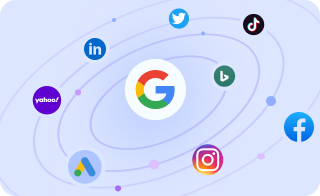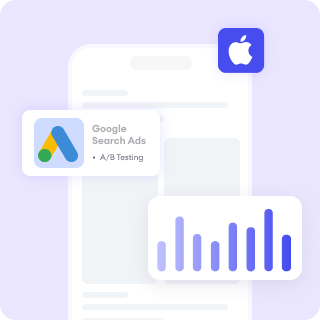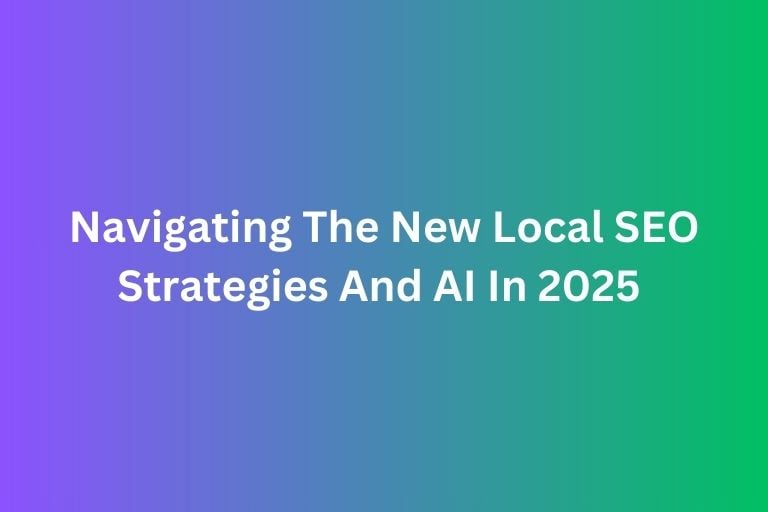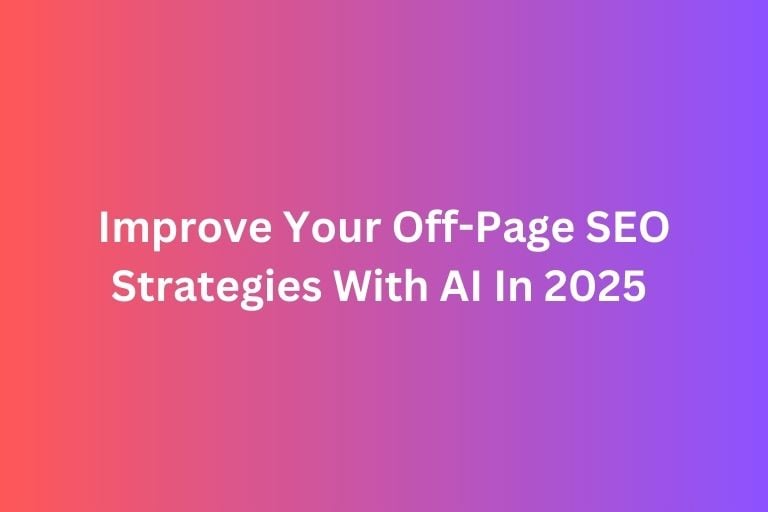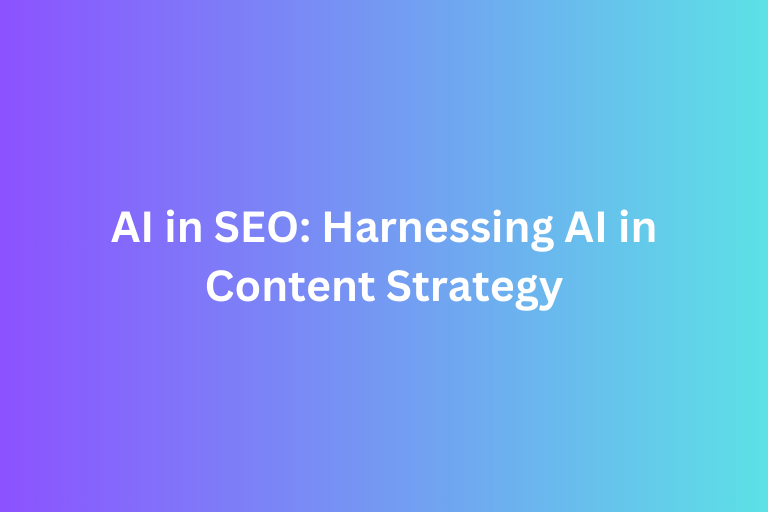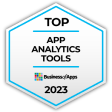The process of crawling websites plays a pivotal role in SEO. Whether you're building a search engine, analyzing competitors, or gathering data for machine learning models, website crawling is an essential technique. But what does it mean to crawl a website, and what do the results signify?
Let's dive into this process with a focus on its functionality and its importance.
What Is Website Crawling?
Website crawling is the process of systematically browsing the internet to gather data from websites. Crawlers, often referred to as "spiders" or "bots," are automated tools designed to access web pages, retrieve information, and follow links to other pages. Think of it as a digital equivalent of a librarian visiting books in various libraries to index their contents for easier access later.
Website crawlers start from an initial list of URLs (called seeds), visit those pages, extract relevant content, and then follow links on those pages to gather more information. This cycle repeats itself until the crawler has collected all the desired data or hit a defined stopping point.
How Does Crawling Work?
The basic mechanism behind crawling involves several key components:
- Seed URLs: The crawler starts with a list of URLs, often referred to as "seeds." These might come from search engines, a sitemap, or predefined sources.
- Fetching: The crawler sends requests to the web server hosting the page, retrieving the raw HTML (HyperText Markup Language) code and any other linked resources (like images, CSS, and JavaScript).
- Parsing: The fetched HTML is parsed to extract meaningful data. This can include text content, metadata, images, and links to other pages.
- Following Links: After parsing the page, the crawler extracts and follows links to other pages, recursively fetching and parsing more pages.
- Storing Results: The data collected, such as the HTML content, metadata, and links, is stored for further analysis.
What Information Does Crawling Retrieve?
When a website is crawled, a variety of data can be extracted depending on the crawler's design. The most common types of data include:
- Page Content: Text, images, videos, and other media found on the webpage.
- Meta Information: Meta tags (such as title, description, keywords) embedded in the HTML that provide insights into the page's topic and content.
- Links: URLs of pages linking to the current page (inbound) and links from the current page to others (outbound). Crawlers follow these links to explore more content.
- Headers and Status Codes: HTTP status codes (like 200 for success, 404 for not found) tell the crawler whether the page is available or not.
- Metadata: Data embedded in the webpage that provides additional context, such as author information, publication date, and structured data for rich snippets.
The results of a crawling session can reveal different things, such as error status code, page load time, duplicate content, etc. depending on the nature of the crawl and the metrics being measured.
Learn more: How To Master Internal Linking For Your Website
What Do the Results of Crawling Mean?
After a crawler has visited and gathered data from a website, the resulting information can be analyzed in several ways. Here’s what it means for different applications:
- Search Engine Indexing: For search engines like Google, crawling is the first step in creating an index of the web. The information collected helps search engines rank and display relevant pages when users perform searches. If a webpage has been crawled and indexed, it can appear in search results.
- SEO (Search Engine Optimization): Website owners often use crawlers to check how well their site is optimized for search engines. This includes verifying if the right pages are being crawled, whether important links are indexed, and identifying any technical issues like broken links or slow-loading pages.
- Site Maintenance and Monitoring: Crawling is essential for monitoring the health and status of a website. Regular crawling can detect issues such as 404 errors, broken links, or slow page load times, which can negatively affect user experience and SEO.
- Competitive Analysis: By crawling competitors' websites, businesses can gain insights into their content strategies, pricing models, and marketing tactics. This can help shape their own business strategy.
Popular Tools To Crawl Websites
Here are some popular tools to crawl websites, each offering different features for SEO, site audits, or data extraction:
1. Screaming Frog SEO Spider
- Best for: Comprehensive SEO audits.
- Key Features: Crawls websites for broken links, duplicate content, missing meta tags, and more.
- Free Version: Limited to 500 URLs.
2. Google Search Console
- Best for: Monitoring site performance and indexing issues.
- Key Features: Tracks crawl errors, page indexing, and search performance.
- Free: Completely free.
3. Ahrefs Site Audit
- Best for: SEO analysis and backlink checking.
- Key Features: Identifies SEO issues like broken links and duplicate content.
- Free Version: Limited features.
4. DeepCrawl
- Best for: Large-scale SEO audits.
- Key Features: Analyzes site health, crawlability, and technical SEO.
- Free Version: Limited.
5. Sitebulb
- Best for: Visual reports and website audits.
- Key Features: Provides visual breakdowns of SEO issues.
- Free Version: Limited trial.
6. Semrush Site Audit
- Best for: Site audits and competitor analysis.
- Key Features: Detects SEO issues, mobile usability, and internal linking.
- Free Version: Limited.
The best crawling tool depends on your needs. For example, Screaming Frog and Ahrefs are great for SEO audits, and Google Search Console for performance monitoring.
Conclusion
By understanding the mechanics of crawling and interpreting the results, businesses can improve their SEO, fix errors, analyze competitors, and get valuable insights from the web which can offers a clear view of how to improve the website better.
Improve your website performance with FoxAdvert!
If you are looking forward on how to improve your website performance, our professional team of SEO experts at FoxAdvert can help you. Contact us today to start your journey 😊


